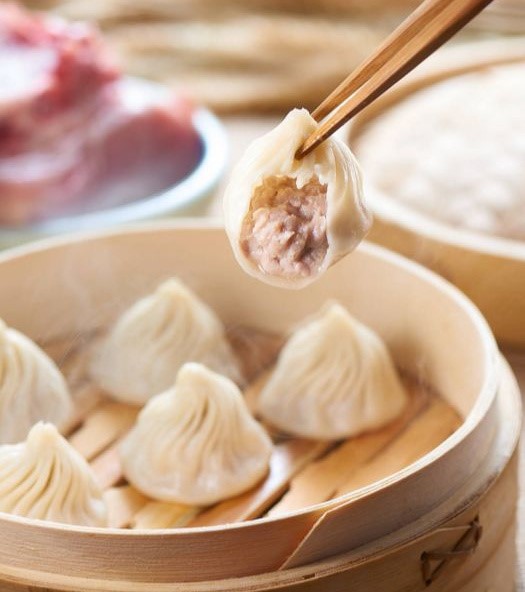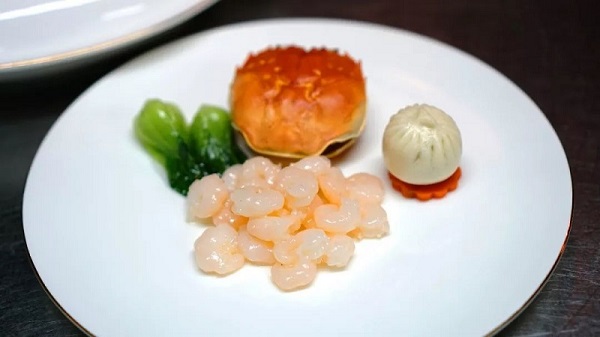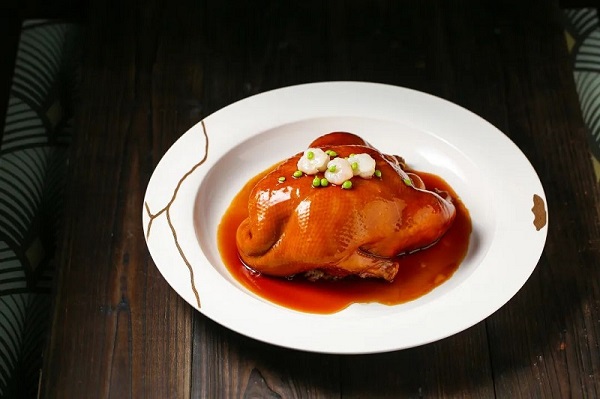Shanghai's longevity secret: Unveiling the local diet
Shanghai leads the Chinese mainland in life expectancy at 84.11 years, Shanghai Observer reported, citing official statistics, with residents' dietary choices playing a significant role. These distinctive eating habits present a noteworthy model for others to consider.
1. Follow the southern China diet
This diet, inspired by Shanghai, Zhejiang, and other regions in the lower reaches of the Yangtze River, mirrors the heart-healthy Mediterranean diet, even better when it comes to reducing high blood pressure and lowering blood sugar. Key features include:
(1) Choosing whole grains over refined grains
(2) Using vegetable oil and cook at low temperatures
(3) Favoring white meat over red, and opting for soy products
(4) Emphasis on vegetables, with moderate fruit intake
(5) Moderate intake of nuts and dairy
(6) Preferring steaming, braising, stewing, simmering, or instant-boiling over stir-frying
2. Embrace a low-sodium lifestyle

Nanxiang steamed meat buns are enjoyed at Yuyuan Garden in Huangpu district. [Photo/WeChat account: shhplyj]
The dietary choices of Shanghai residents tend to be low-sodium, bland rather than spicy.
Shanghai took an early lead in a nationwide initiative to cut down on salt consumption. Currently, the average daily salt intake per person in Shanghai stands at 7.5 grams, lower than the national average of 10 grams. However, it still surpasses the recommended goal of 5 grams per day.
Given that hypertension is a primary risk factor for cardiovascular diseases, low-sodium diet emerges as a straightforward strategy to lower blood pressure. Gradually reducing daily salt intake becomes a small but meaningful step away from the risks of cardiovascular diseases.
3. Indulge in aquatic delights

Crystal shrimp. [Photo/WeChat account: shanghaifabu]
Situated at the crossroads of the Yangtze River and the East China Sea coast, Shanghai offers a diverse array of aquatic products. With a rich history of aquatic food, Shanghai leads the nation in seafood and freshwater product consumption, as revealed at the 2017 National Aquatic Products and Frozen Products Alliance Conference.
Fish, a top-notch protein source, features unique fats compared to meat. The fatty acids, predominantly unsaturated, found in fish — especially in deep-sea varieties rich in DHA and EPA — prove advantageous for reducing cholesterol and preventing cardiovascular and cerebrovascular diseases. The Chinese Dietary Guidelines 2022 recommends consuming 300–500 grams of fish per week.
4. Opt for fresh ingredients
Shanghai residents prioritize freshness in their culinary preferences. Whether it's vegetables or meat, the emphasis is on using ingredients that are freshly sourced, steering clear of processed products.

A signature dish in Shanghai – babaoya, or Eight Treasure Duck – whole duck stuffed with eight ingredients, including rice, mushrooms and shrimp. [Photo/WeChat account: shhplyj]
Shanghai cuisine across seasons
Summer and autumn:
In the heat of Shanghai's summer and autumn, appetites naturally wane. To boost appetite and ensure nutritional balance, the daily diet leans towards light, fresh, and invigorating dishes to counter the heat. Gourds often take center stage in family recipes, crafting delightful soups and stews.
Winter and spring:
During Shanghai's winter and spring, family diets pivot towards nourishment to fend off the cold, with rich, flavorful dishes. A distinctive dining habit in Shanghai involves savoring a bowl of soup either before or after meals.
Source: shobserver.com

